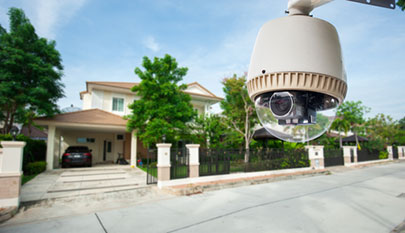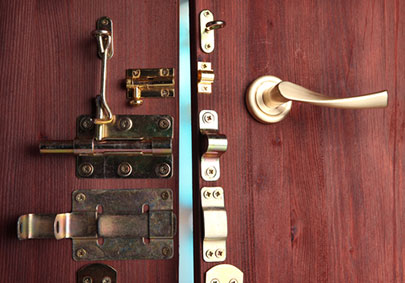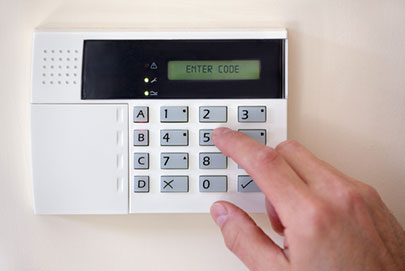Your House May Not Be As Safe As You Think
November 11th, 2014

Home security should be a priority for everyone. It’s easy to overlook the security of our houses because we assume that an enclosed structure with a front door and walls is inherently safe. However, home intrusions and burglaries are a common occurrence – in 2013 there were 203,438 burglaries in Australia, according to the government’s crime prevention initiative.
The first step to preventing a burglary is being well informed – so it’s time to bust some of the most common myths about home security.
Myth: It won’t happen to me

Famous last words. Most people that have been victim of a home invasion have admitted to thinking that it could never happen to them. Why is this? When we lull ourselves into a false sense of security, we tend to relax our security habits (many of which are common sense) and expose ourselves to being easy targets.
Instead of having this attitude, we should practice prudent security habits and never take our home and personal security for granted. Just because you live in a ‘safe’ neighbourhood, it doesn’t mean you should leave your doors unlocked and your windows open.
Myth: I am safe because I have a sliding chain lock on my front door
The thought of an extra chain on the door sounds like it would add a deeper level of security. After all, chains are strong and even if I need to have a look at who is there, it limits the amount the door will actually open. Right? Wrong.
The truth is that this thin piece of chain mounted on the inside of your door will not hold up against brute force from an intruder, especially after you’ve opened the door to see who’s there. Keep in mind that forced entry through a door is the second most common form of burglary, accounting for 31% of burglaries (the most common is forced entry through a window, which accounts for 39%). The chain lock is a decades old security device, which has ingrained itself into our homes and mindsets. A better alternative to this is to install an eye hole so you can see who is at your door before you open up. Further to this, ensure you have a cover on the inside that you can slide over the lens so that would-be thieves can’t use reverse lenses to look inside your home.
Myth: I don’t have anything worth stealing anyway
You might think that you don’t have anything valuable in your home, so you’re safe from burglars. However, they don’t necessarily know this, and an intrusion can put you at risk if you’re home or result in damage and major inconveniences even if you’re not.
Further, it’s highly probable that you actually do have something worth stealing. Just because you don’t collect rare gemstones and precious metals, it doesn’t mean you don’t have things of value in your home. Most of us nowadays have computers, smartphones, tablets and other gadgets or electronics. Think about how much each of these items would cost to replace.
Myth: Alarm systems are monitored by security and police

This is a popular misconception as (believe it or not) people assume that the police monitor all alarms. Even if you do have back to base monitoring, this simply triggers the alarm company to try and call the owner to confirm whether an intrusion has occurred.
If they cannot get a hold of the owner and they deem that a serious break-in has occurred, they may deploy their security team or the police. However, by this time it’s usually too late.
An alarm can act as a deterrent but will never replace heavy duty locks, security doors and shutter windows.
Myth: It won’t happen again
This is another dangerous attitude to have, as many people think once they’ve been hit, they won’t be hit again. However, intruders are getting smarter and once they have scoped out security flaws in your property and home, they may monitor it and strike again if they can see that nothing has changed. Why waste time on new houses when they can be assured of another easy, familiar hit?
Ridding the world of these security myths is the first step in building safer houses and while good security involves quality locks, secure doors, screens and windows, these must always be combined with good security habits, prudence and common sense. Remember to always lock your doors and windows (even if you won’t be gone long) and never open your door unless you’re sure who is on the other side.
